Aspiring lawyers and legal professionals seek the best law schools they can to obtain a top-notch legal education and maximize their future career prospects. But choosing the right law school can be a daunting task. There are several factors to consider, including a school's reputation, curriculum, faculty, location and cost.
Whether you are interested in pursuing a career in corporate law, public interest law or any other legal field, a degree from one of the best law schools in the U.S. can open up a world of opportunities.
10. University of Michigan
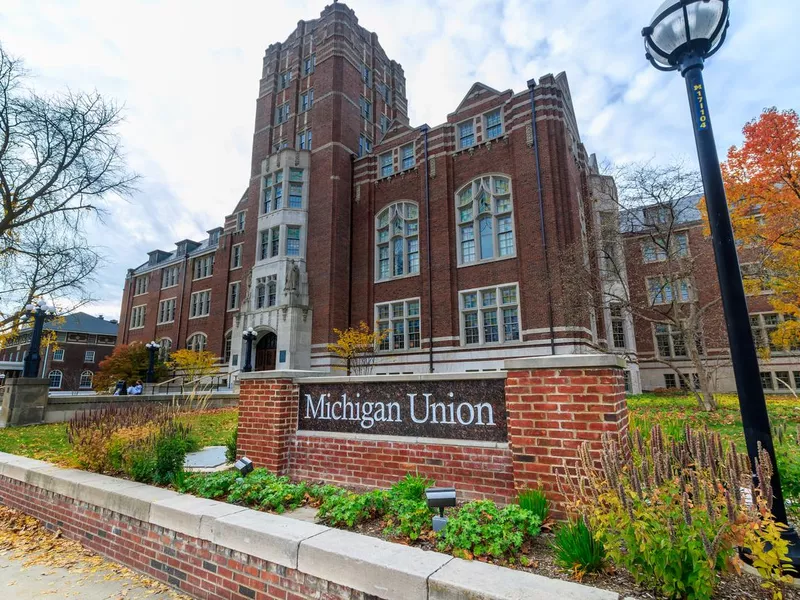
BSPollard / Getty Images
Location: Ann Arbor, Michigan
Year founded: 1817
Annual cost: $64,098
Number of students: 964
Acceptance rate: 10.6 percent
Note: Rankings are based are the best law schools from the U.S. News and World Report for 2022–2023.
Bottom Line: University of Michigan
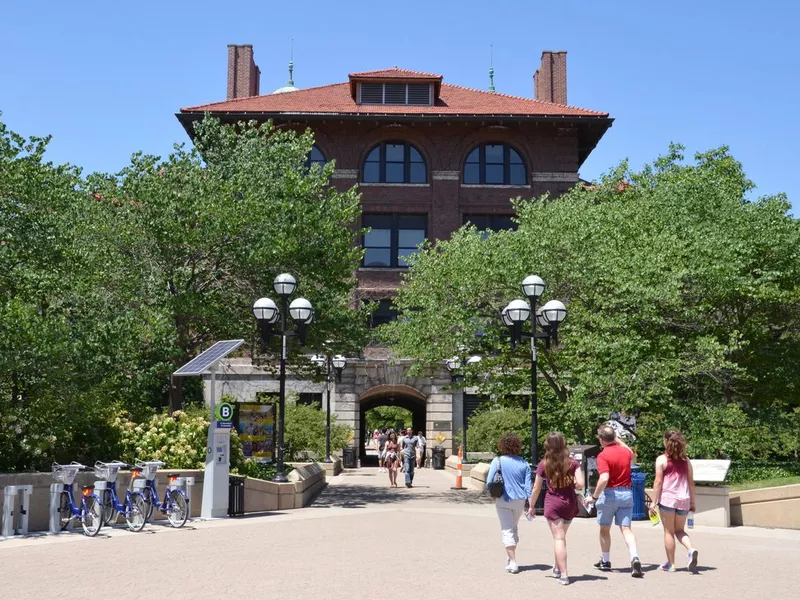
smontgom65 / Getty Images
Nearly a quarter of law students at the University of Michigan in Ann Arbor will enroll in its Summer Start program, which transitions them into the university's law school. Students can earn dual degrees — for example, law and business administration, and law and natural resources.
All students must take a transnational law course, and some can even spend time abroad at Japan’s Waseda University Law School, Amsterdam Law School, or Germany’s Bucerius Law School, among others.
For law students looking for extracurricular activities, there are nearly 50 to get involved in, such as the Law School Hockey Team, MLaw Rocks (a rock climbing team) and several academic publications.
Learn more about Michigan Law School.
9. University of California, Berkeley
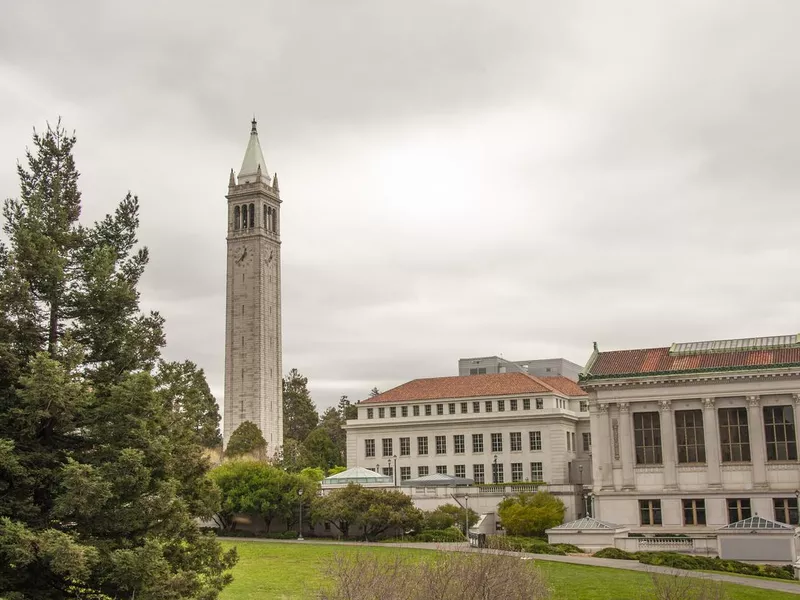
russaquarius / Getty Images
Location: Berkeley, California
Year founded: 1894
Annual cost: $56,858
Number of students: 1,088
Acceptance rate: 13.7 percent
Bottom Line: University of California, Berkeley
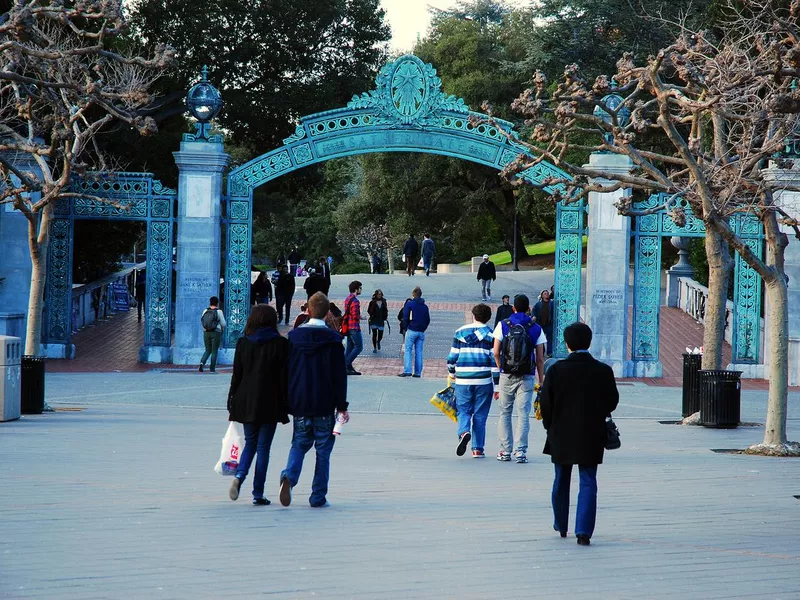
Kirkikis / Getty Images
It's no surprise that Berkeley is on the cutting edge with its intellectual property and tech-related law programs. The school even has courses like wine law (you guessed right — it examines wine industry legal issues). Students can tailor courses to their interests from the second semester on.
Students also can get involved in extracurricular activities through clinics, think tanks and the many publications Berkeley has to offer.
Advanced law students can take part in the school’s Field Placement program, which places them in government organizations like the Federal Trade Commission.
Learn more about UC Berkeley Law School.
8. University of Virginia
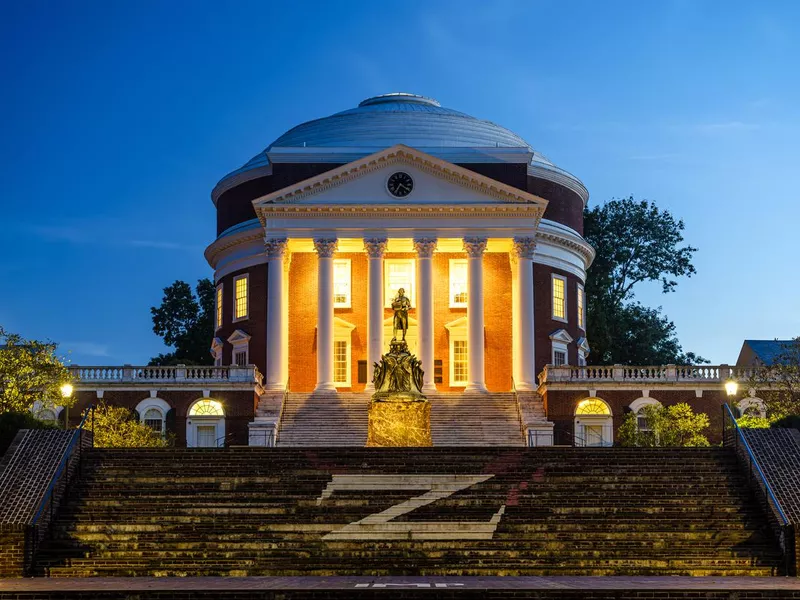
traveler1116 / Getty Images
Location: Charlottesville, Virginia
Year founded: 1819
Annual cost: $66,500
Number of students: 922
Acceptance rate: 9.7 percent
Bottom Line: University of Virginia
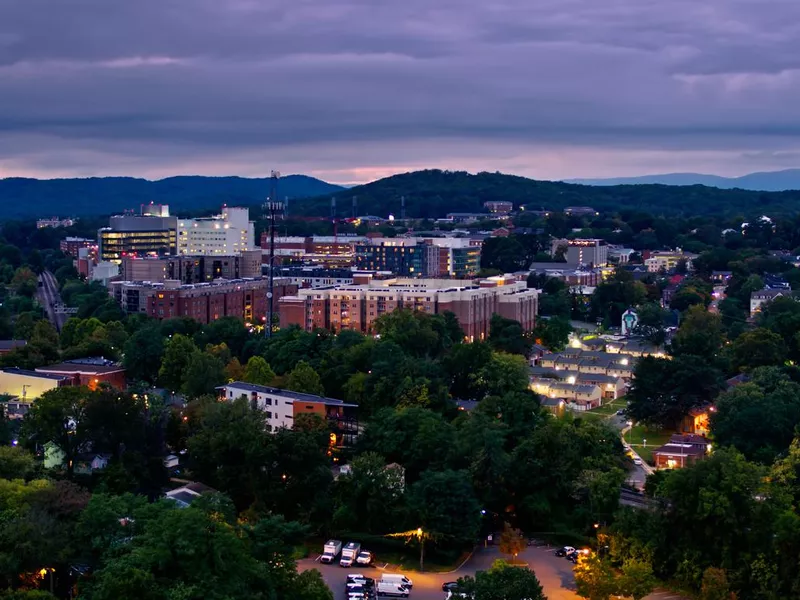
halbergman / Getty Images
Law classes at the University of Virginia have 350 students with a student body that is more male than female. Attendees can earn joint degrees and can further tailor their studies at institutes like the Center for National Security Law and the Center for Oceans Law and Policy.
There are about 60 on-campus law organizations for students to take part in, and they can work in one of 20 legal clinics in the area.
Students can study abroad in their second and third years in New Zealand, Germany, Israel and England. Third year students have the option of earning a dual degree from France’s Université Paris 1 Panthéon-Sorbonne Law School, the Institut d’Études Politiques and can even take the French bar.
Learn more about the Virginia Law School.
7. New York University
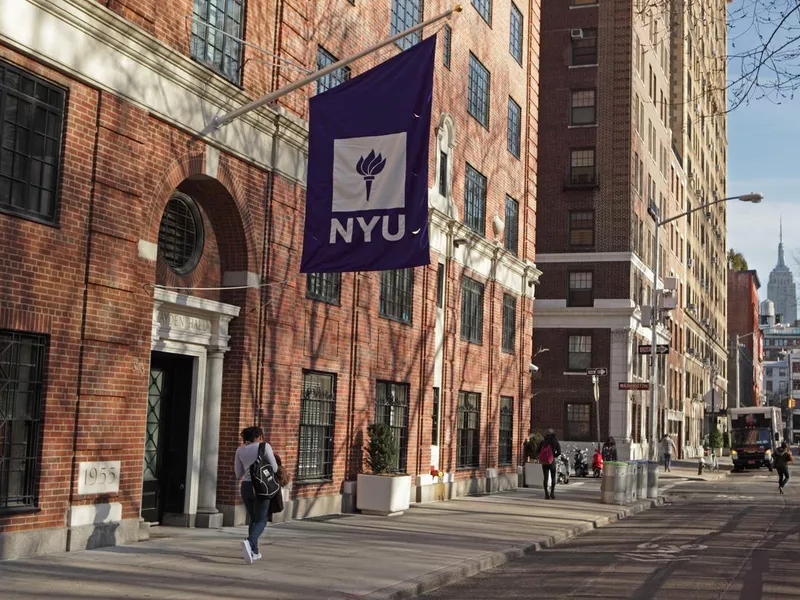
CribbVisuals / Getty Images
Location: New York City, New York
Year founded: 1835
Annual cost: $73,414
Number of students: 1,413
Acceptance rate: 14.5 percent
Bottom Line: New York University
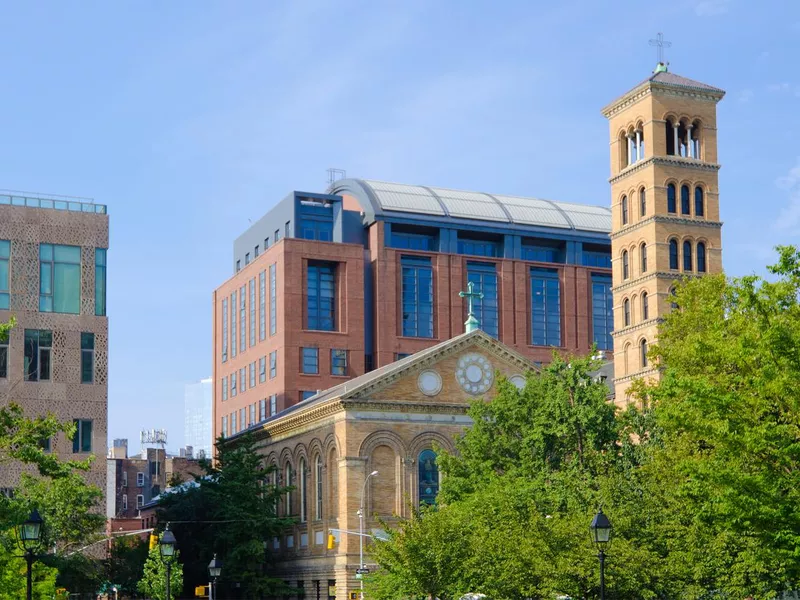
gregobagel / Getty Images
New York University Law's first-year students will get hands-on experience in basic legal skills through its Lawyering Program. In their second and third years, students can test their skills in more than 30 legal clinics in the areas and in over two dozen on-campus centers.
NYU has nearly 50 student organizations to take part in, and the school also has foreign student exchange programs, which give attendees the opportunity to study law at over a dozen universities around the world.
Learn more about New York University School of Law.
6. University of Pennsylvania (Carey)
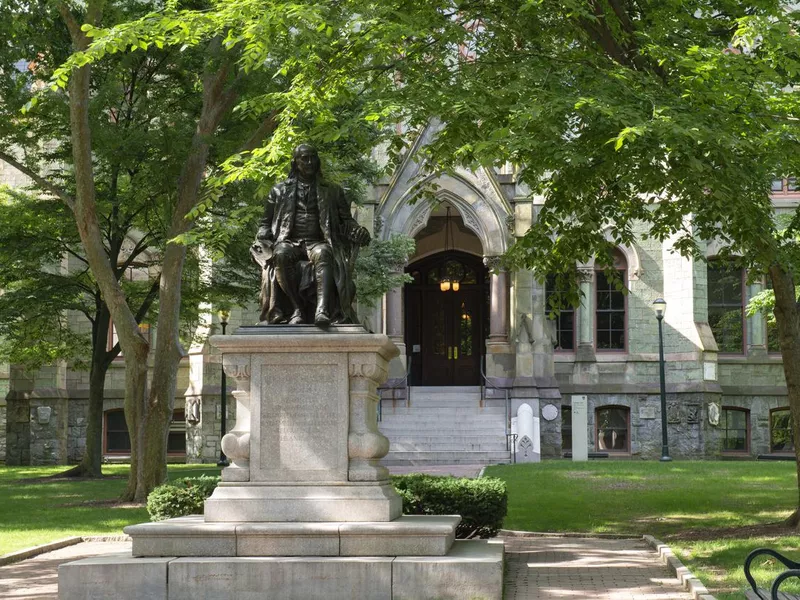
aimintang / Getty Images
Location: Philadelphia, Pennsylvania
Year founded: 1850
Annual cost: $70,042
Number of students: 824
Acceptance rate: 9.4 percent
Bottom Line: University of Pennsylvania (Carey)
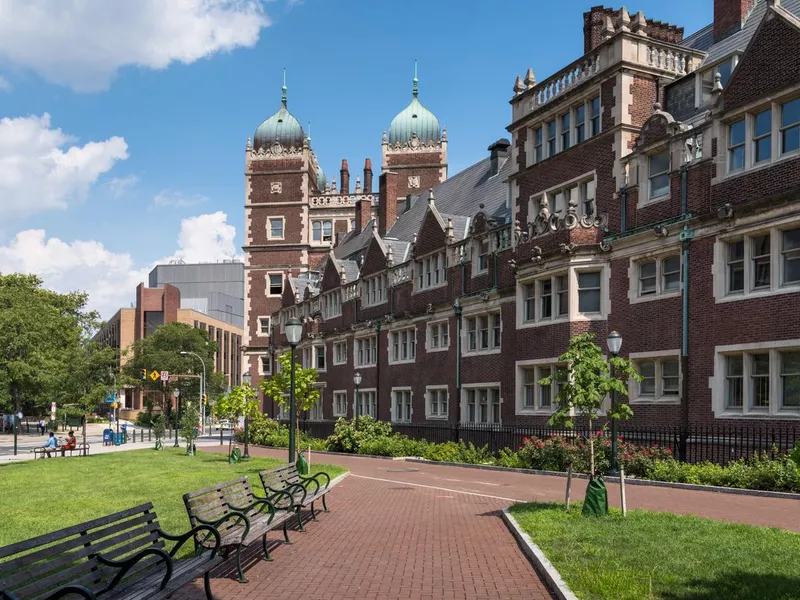
pkujiahe / Getty Images
Penn Law students have the option of enrolling in other academic departments, while students not in law school can take some law courses. Law students can complete both a J.D. and another degree within three years.
Students attending Penn Law must complete at least 70 hours of pro bono work before they can graduate.
In addition, they may spend their free time working in local legal clinics and taking part in the school's many student organizations, like Penn Law Boxing and its Urban Law Reform group.
Learn more about Penn Law School.
5. Harvard University
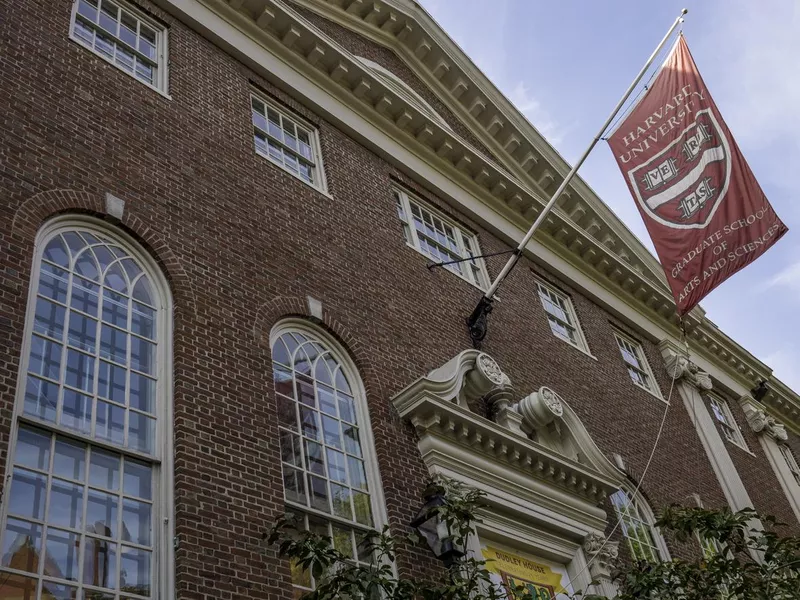
Marcio Silva / Getty Images
Location: Cambridge, Massachusetts
Year founded: 1817
Annual cost: $68,962
Number of students: 1,747
Acceptance rate: 6.9 percent
Bottom Line: Harvard University
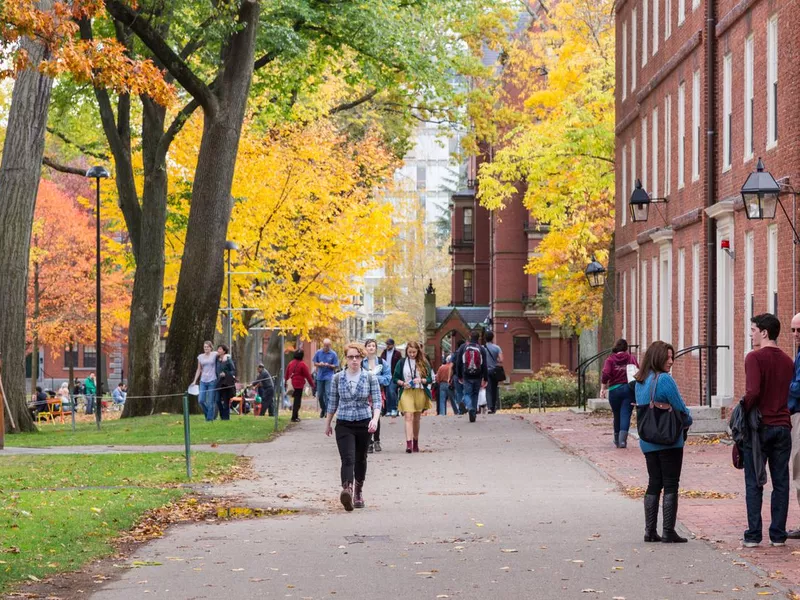
janniswerner / Getty Images
Harvard is always in the top 10 U.S. law schools and is likely the most well-known. It is the second-oldest law school in the country (and the oldest continually operating) and is often considered the gold standard of Ivy League universities.
It is among the largest law schools in the county, with 560 students in each class of its J.D. program. First-year students are divided into seven sections of approximately 80 students and will take their classes together. The school also awards S.J.D. and LL.M. degrees.
In 2019, 99 percent of Harvard law school graduates passed the bar.
Learn more about Harvard Law School.
4. Columbia University
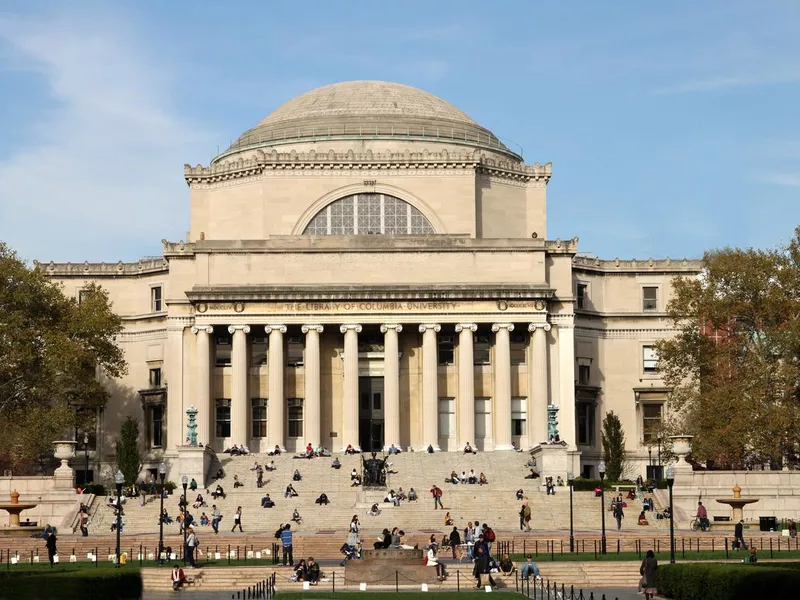
peterspiro / Getty Images/iStockphoto
Location: New York City, New York
Year founded: 1858
Annual cost: $76,088
Number of students: 1,293
Acceptance rate: 11.4 percent
Bottom Line: Columbia University
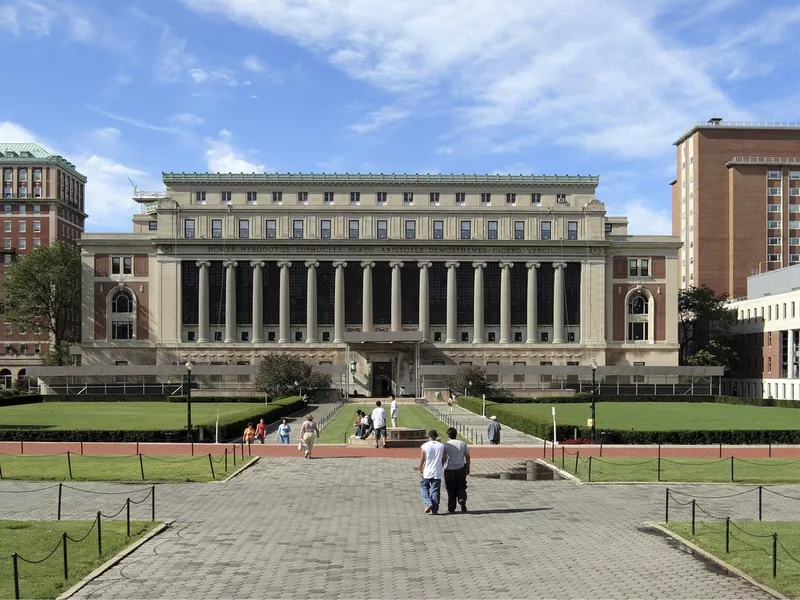
Zeiss4Me / Getty Images
Consistently ranked as one of the top law schools in the country, Columbia is a powerhouse that has produced a distinguished list of alumni that includes Presidents Theodore and Franklin Delano Roosevelt, Ruth Bader Ginsberg, and Caroline Kennedy.
Columbia Law School is well known for its business/corporate law program and has sent a higher percentage of its graduates to work at prestigious U.S. firms than any other school for the past decade.
Here, students have a variety of clinics, externships, and internships to choose from, as well as a strong alumni network with valuable career connections.
Learn more about Columbia Law School.
3. University of Chicago
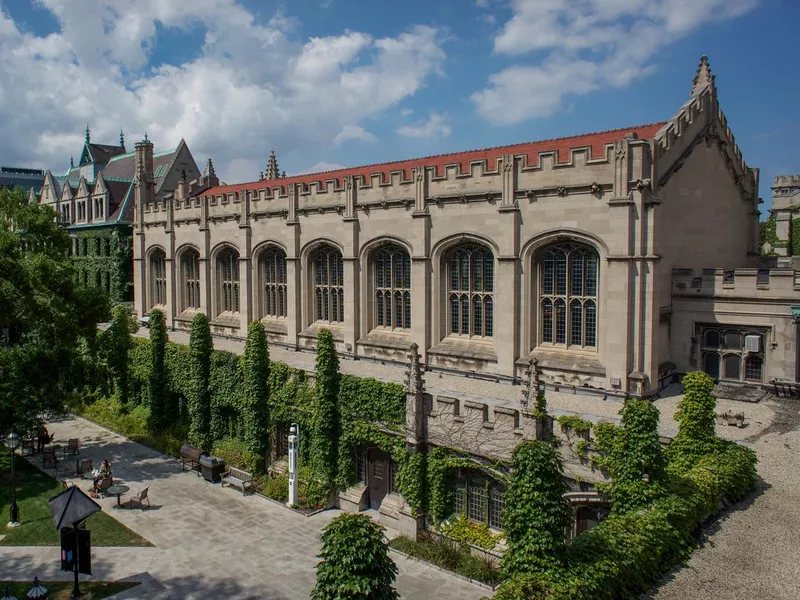
HaizhanZheng / Getty Images
Location: Chicago, Illinois
Year founded: 1902
Annual cost: $72,081
Number of students: 626
Acceptance rate: 11.9 percent
Bottom Line: University of Chicago
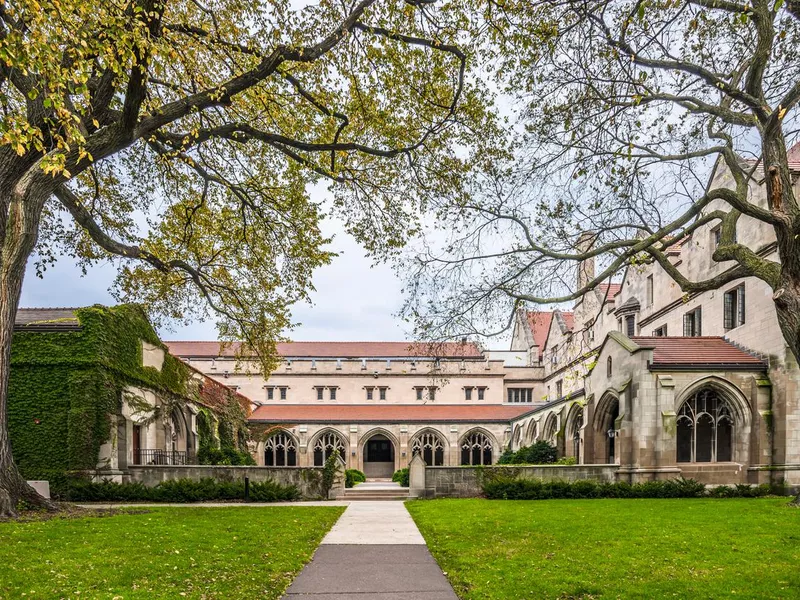
eyfoto / Getty Images
The University of Chicago's law school was the first in the U.S. to offer a J.D. and is known for its integration of the social sciences with law. Graduates often land Supreme Court clerkships, federal or state-level court careers, or positions at elite law firms.
The school has published "The Supreme Court Review" for nearly six decades, which is one of the most cited legal journals in the world. The University of Chicago also oversees the publication of "The Journal of Law and Economics."
The University of Chicago's notable alumni includes former president Barack Obama and Associate Justice of the Supreme Court of the United States John Paul Stevens, who served from 1975 to 2010.
Learn more about Chicago Law School.
2. Stanford University
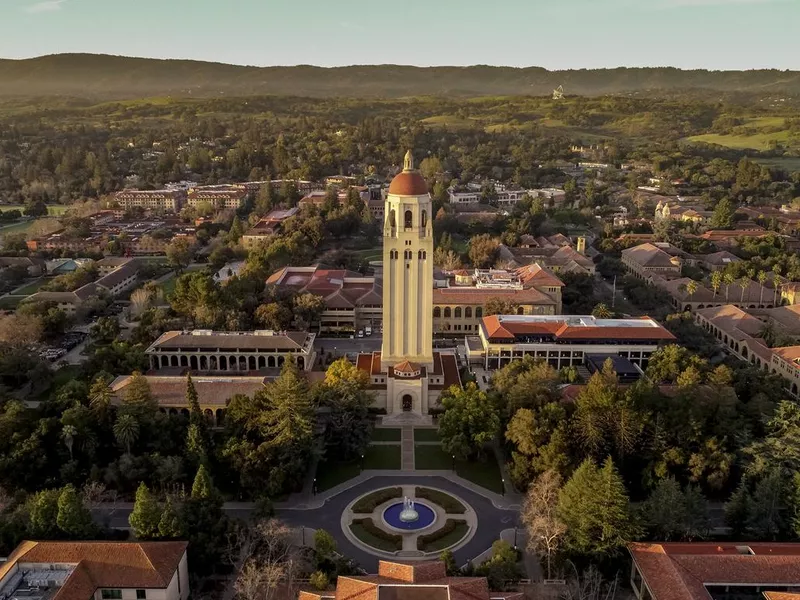
JasonDoiy / Getty Images
Location: Palo Alto, California
Year founded: 1893
Annual cost: $66,396
Number of students: 577
Acceptance rate: 6.3 percent
Bottom Line: Stanford University

gregobagel / Getty Images
Stanford follows a quarter system instead of traditional semesters, which allows for additional cross-disciplinary studies based on three quarters — fall, winter and spring.
The law school enrolls only between 15 and 20 students in a specialization per year. Specializations include environmental law and policy, business and policy, science and tech, international economic law and corporate governance and practice
Stanford's law program allows students to become part of an influential alumni network after earning a J.S.M. degree — at least 90 percent of graduates get jobs within a year of graduation.
Learn more about Stanford Law School.
1. Yale University
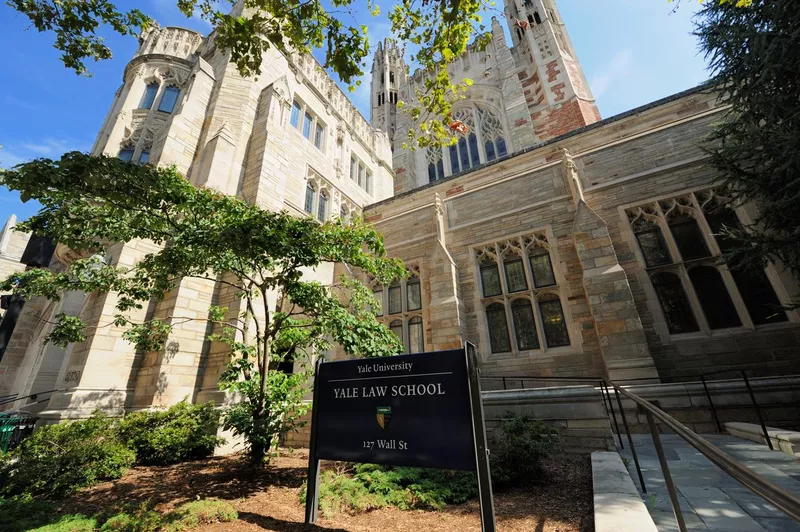
sshepard / Getty Images
Location: New Haven, Connecticut
Year founded: 1824
Annual cost: $69,433
Number of students: 636
Acceptance rate: 4.1 percent
Bottom Line: Yale University

DenisTangneyJr / Getty Images
Yale no longer has a traditional grading system for its law students. Their first term is grade free, and the following terms are graded by failure, credit, low pass, pass or honors. The school offers no specific areas of concentration in law. However, students can tailor their courses to meet their interests. Those who are extremely motivated can earn a J.D./MBA in about three years.
Class sizes are small and often have less than 20 students. With nearly two dozen legal clinics in the areas, students can represent real-life clients in everything from domestic violence disputes to eviction lawsuits as early as their first year.
Learn more about Yale Law School.
